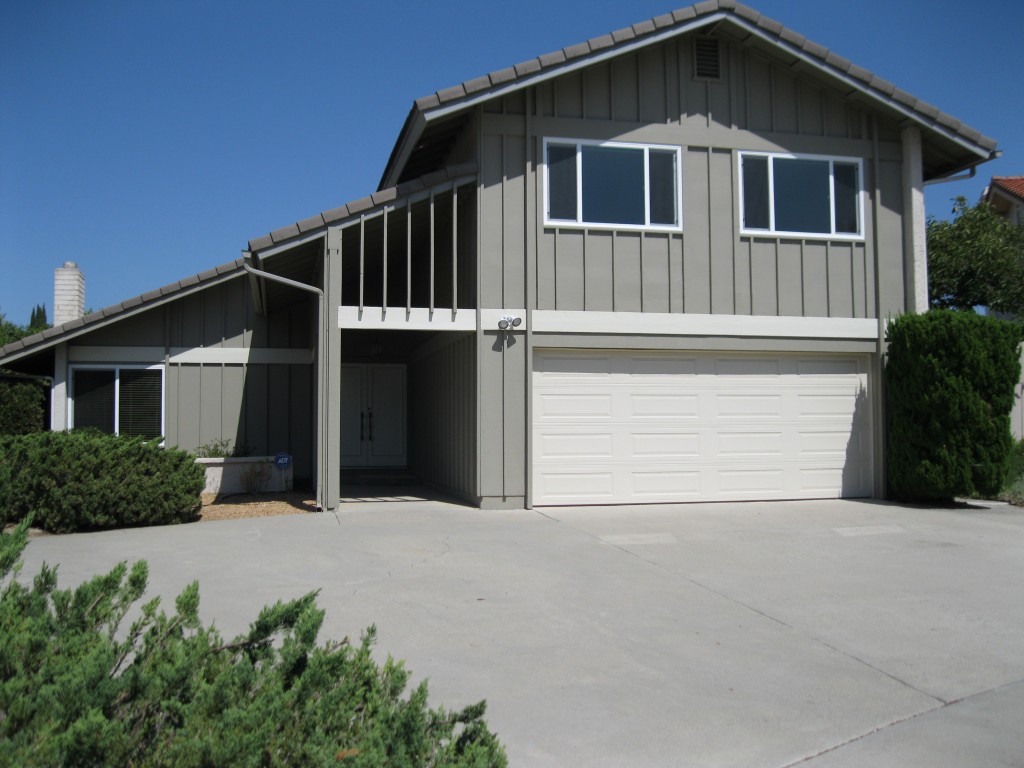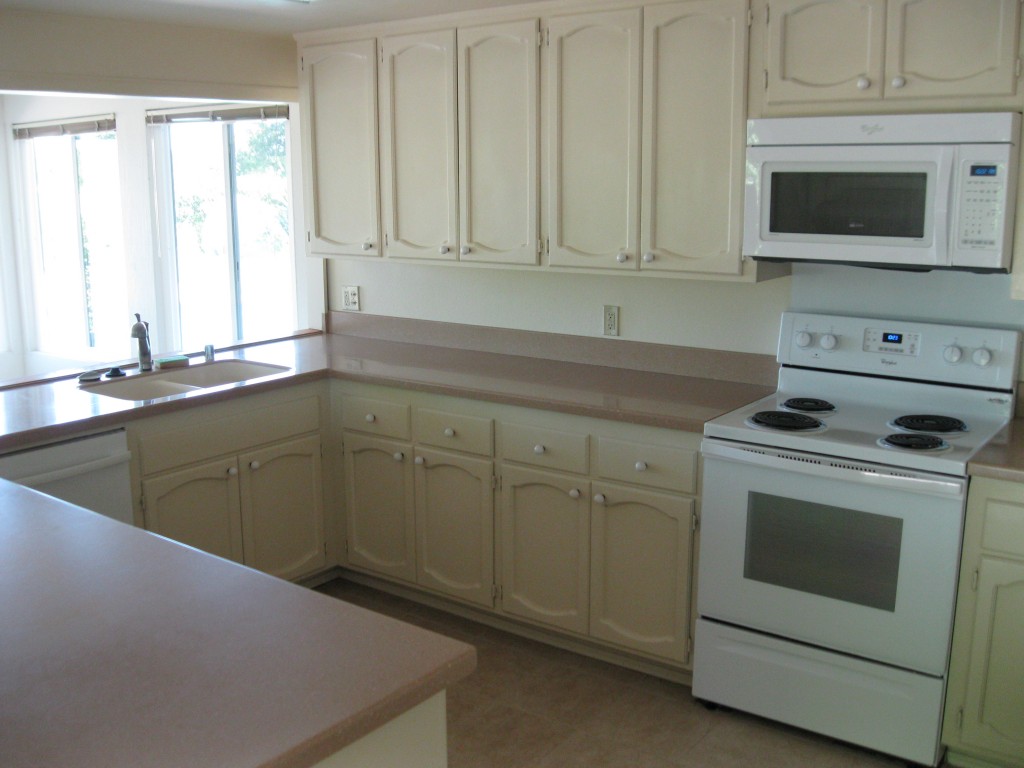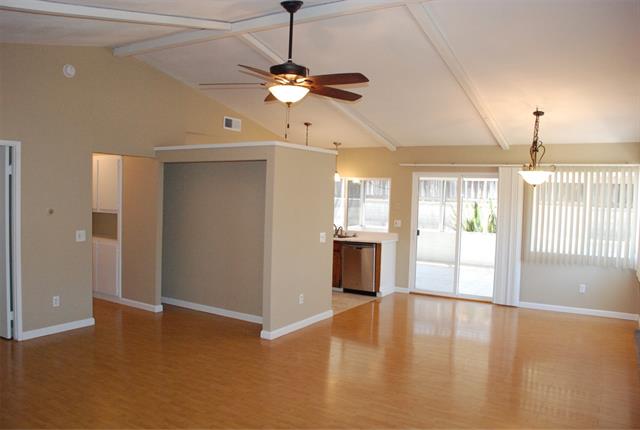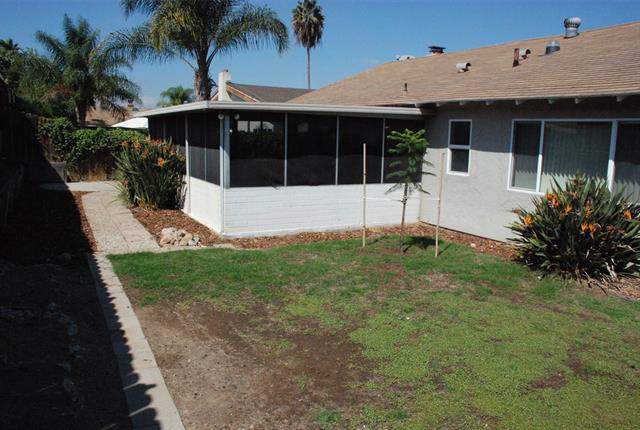Home price appreciation is an important topic in today’s economy. Using data from the American Community Survey (ACS), we can analyze the gains and losses of property values over time. I estimated the median property values by state in 2017 using the FHFA index and the median property values from the (ACS). I then calculated the growth rate from 2005 -2017. [1]
The states with the highest estimated median property values in 2017 are Hawaii ($637,892), District of Columbia ($605,756), California ($522,431), Massachusetts ($396,992), and Colorado ($342,967).

The states with the lowest estimated median property values in 2017 are Alabama ($141,714), Oklahoma ($137,387), Arkansas ($129,902), West Virginia ($122,791) and Mississippi ($118,019).

On a regional level, the estimated price growth appears to be the strongest in the South, West, and Midwest. Price growth is weakest in the Northeast states. Overall, all regions are displaying growth in property values with only a few states showing no growth or loses. Below is a breakdown of the Census four regions by state.
- In the South, which typically leads all regions in sales, Texas led the region with 63 percent estimated price growth from 2005 to 2017. Although Florida experienced strong price growth since 2012, home prices have only increased by 14 percent since 2005 when house prices were still generally at peak levels.

- In the West, the least affordable region[2], Montana led all states with 71 percent price growth from 2005 to 2017. Despite the strong price growth in California since 2012, prices have only increased by 9 percent since 2005. Nevada shows a negative 5 percent price change over this time.

- In the Midwest where affordability is most favorable, North Dakota led all states with 111 percent price growth from 2005 to 2017. The increase is likely due to the boom in shale oil production up until 2014 when oil prices started collapsing. Illinois, while having the smallest growth in the region had an estimated 7 percent price growth over this time.

- In the Northeast where price growth is typically slow, Pennsylvania lead the region with a 40 percent price growth from 2005 to 2017. Rhode Island was the only state to have a decline of negative 4 percent price change over this time.

SOURCE: Realtor dot org, Michael Hyman




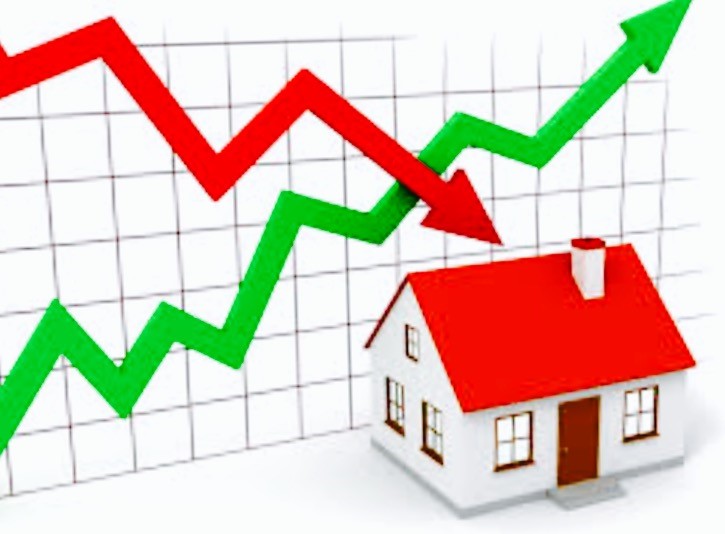 The new tax law is likely to increase Patrice and Kalvin Sosoo’s housing costs when they buy their next home. New Jersey is the poster child for the high-cost, high-tax states where housing markets—and homeowners—are supposed to suffer under the new tax law. Patrice and Kalvin Sosoo, of Teaneck, N.J., have a toddler, Kingsley, and a baby on the way, so they’re in the market for a larger place. But the Sosoos aren’t deterred by the new rules, even though housing costs for their next home are likely to be higher.
The new tax law is likely to increase Patrice and Kalvin Sosoo’s housing costs when they buy their next home. New Jersey is the poster child for the high-cost, high-tax states where housing markets—and homeowners—are supposed to suffer under the new tax law. Patrice and Kalvin Sosoo, of Teaneck, N.J., have a toddler, Kingsley, and a baby on the way, so they’re in the market for a larger place. But the Sosoos aren’t deterred by the new rules, even though housing costs for their next home are likely to be higher.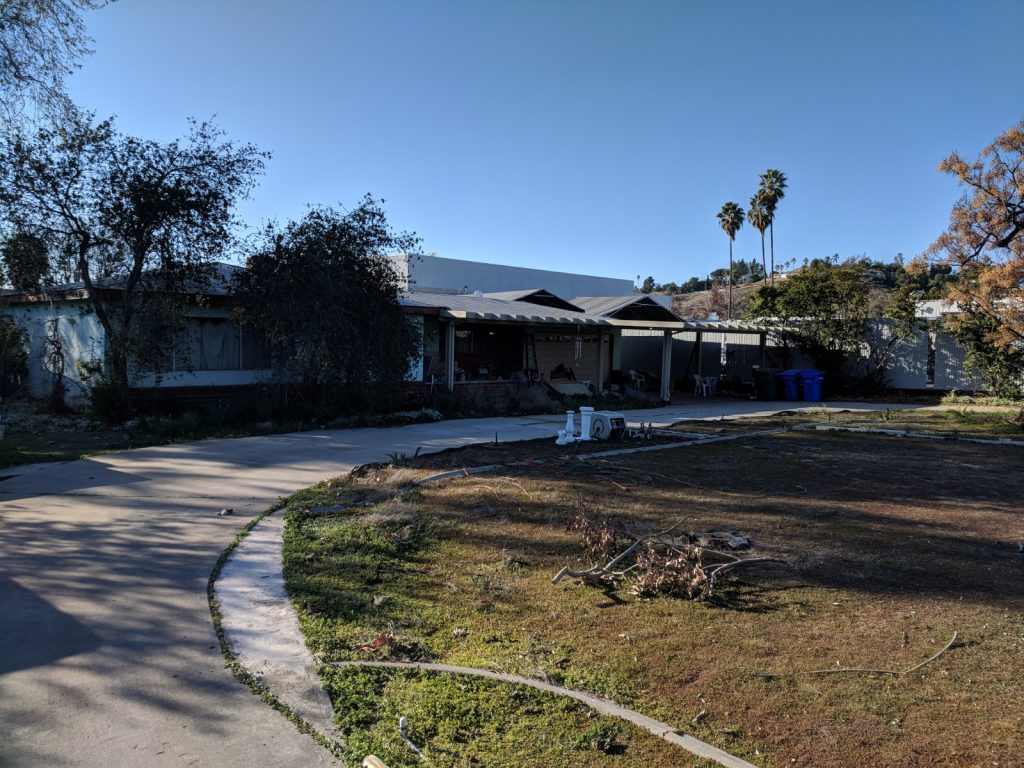
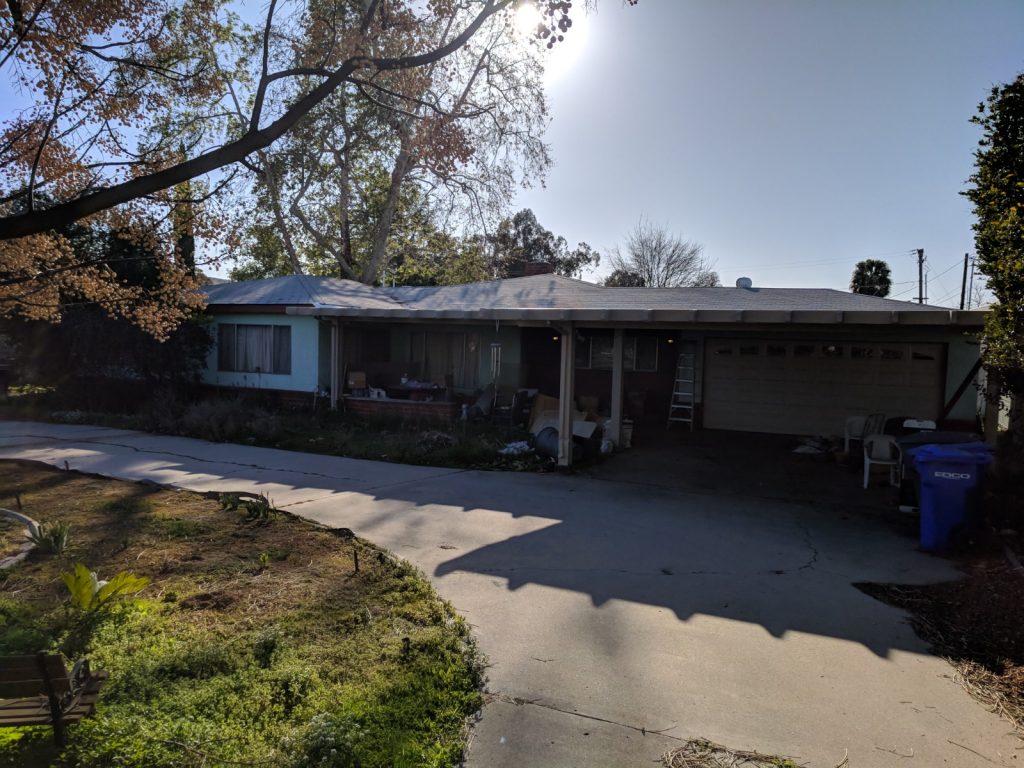
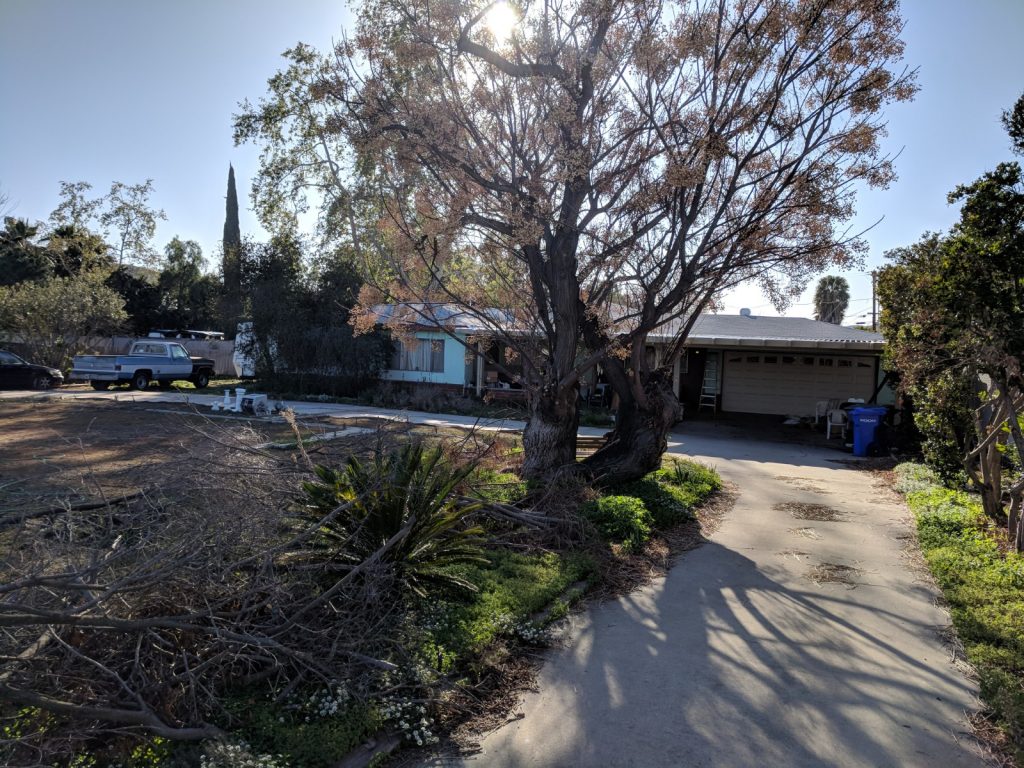
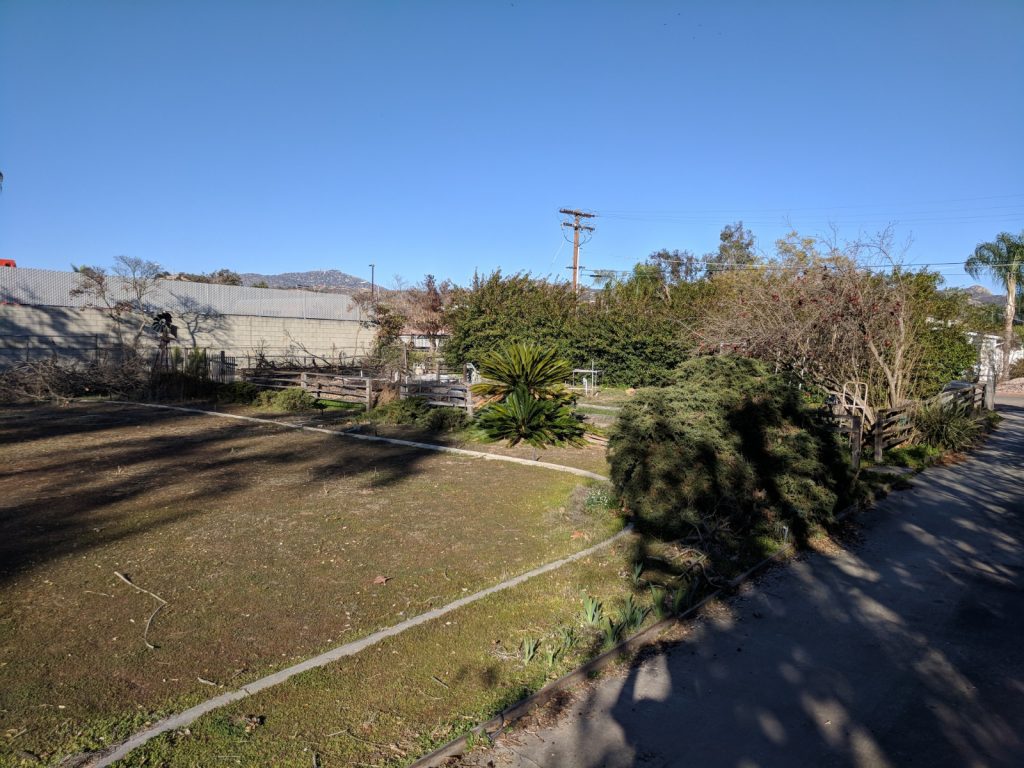
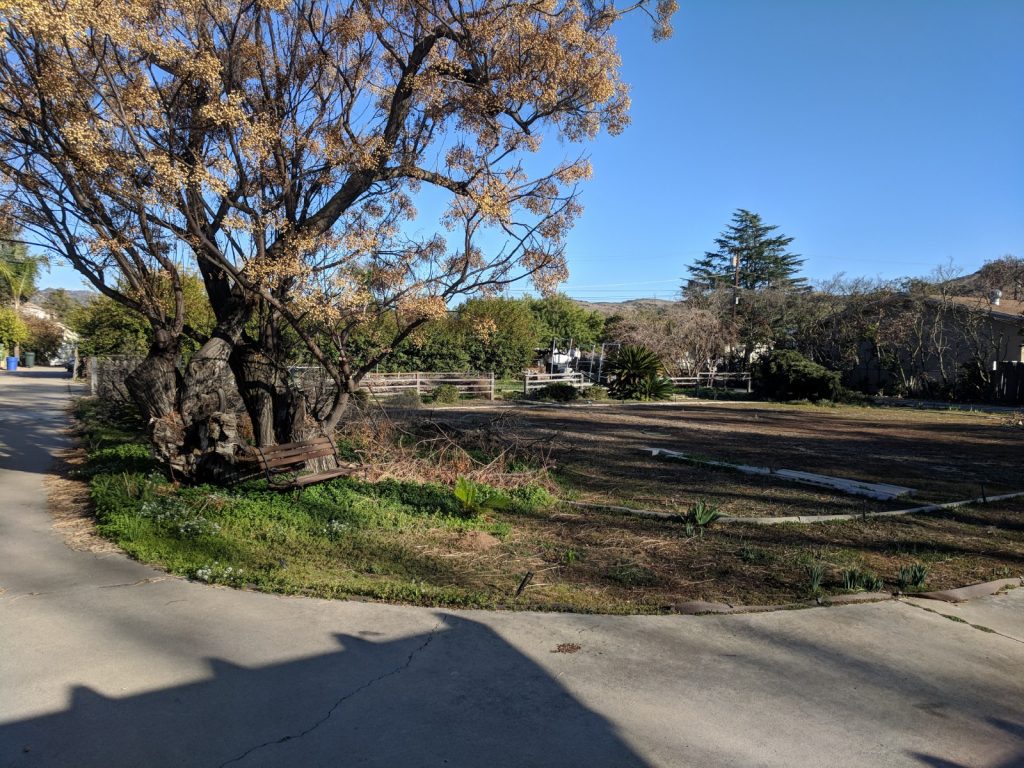
 Homeowners expecting a big tax cut from the tax reform proposals being considered in Washington may be in for an even bigger surprise.
Homeowners expecting a big tax cut from the tax reform proposals being considered in Washington may be in for an even bigger surprise.